9 Fruits and Veggies That Aren't as Healthy as You Think
Sure, you should eat enough fresh produce, but making the right choices is important.
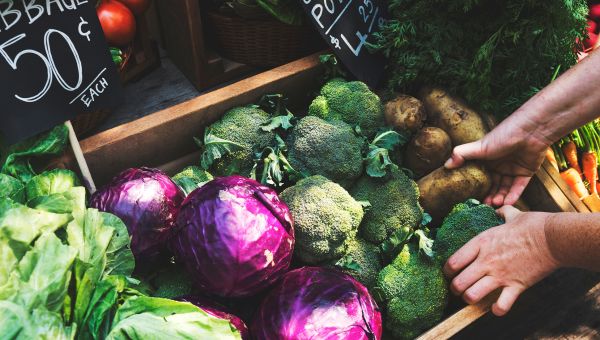
Fresh produce should be a staple in your diet, and consuming the daily recommendation of 1 to 2 cups of fruit and 2 to 3 cups of vegetables is optimal for your health. But, not all fruits and vegetables are created equal, and some are less nutritious than you might think. Some produce is loaded with sugar, low in nutrients or covered in pesticides.
Fruits and veggies like celery, strawberries, grapes and cherries are often coated with irremovable pesticide residue. Others, like corn and iceberg lettuce, are void of much nutritional value.
Find out which fruits and veggies you might consider swapping for other nutrient-dense options or splurging on organic varieties.
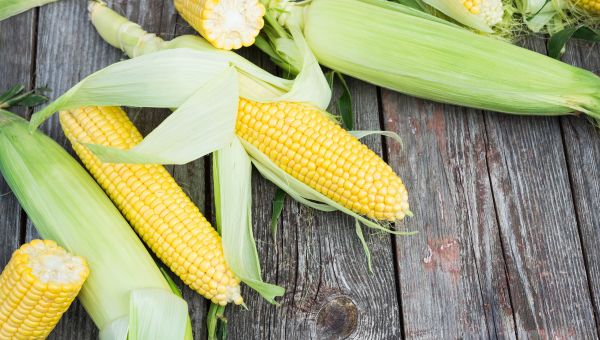
Veggie: Corn
Creamed, on the cob or frozen, corn may not deliver the nutritional benefits you hoped for. A fresh ear of corn contains no sodium, and like all vegetables, has no cholesterol, but corn also lacks essential nutrients, like calcium. This mineral is important for bone and tooth health and is plentiful in other vegetables like kale and broccoli. The United States Department of Agriculture (UDSA) classifies corn as a starchy vegetable, and per cup, corn contains 180 calories, which is more than some other veggies.
Enjoying a serving of sweet corn at a summer barbeque won't totally blow your diet, but adding more nutritious veggies in the mix is certainly a good idea. Sautéed spinach and grilled or roasted Brussels sprouts also make palatable sides.
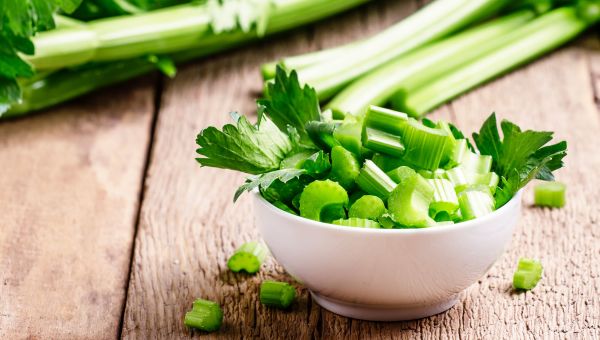
Veggie: Celery
Myth busted: Your body doesn't actually burn calories when you munch celery. In fact, this vegetable doesn’t contribute much to your body at all. The long, green stalks lacks many of the nutrients often found in other green vegetables, like vitamins C and A. Your body relies on vitamin C to help grow and repair cells, and vitamin A to promote eye, skin and bone health.
Celery is often treated with pesticides, too, and is ranked in the top five of the dirtiest produce, according to USDA data. The veggie also landed a spot on the Environmental Working Groups (EWG) Dirty Dozen list for 2018, a catalog of fruits and vegetables with the most pesticide residue.
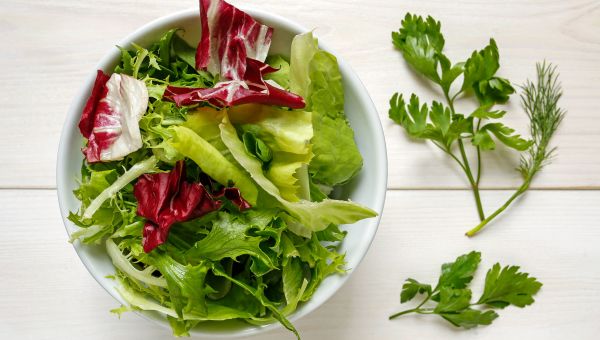
Veggie: Lettuce
Lettuce is fine as a sandwich addition or as a base for your salad, but when it comes to nutritional value, many leafy greens are near the bottom of the list. A cup of shredded iceberg lettuce contains just 10 calories, but not much else. This serving has less than 1 gram of fiber, which promotes regularity and helps prevent constipation, something veggies like broccoli and Brussels sprouts contain more of.
For a more nutrient-rich green, try swapping your iceberg for a crispy bunch of kale. Not only is it loaded with vitamins A and C, but it’s also good for your vision, immune system and skin and bone health.
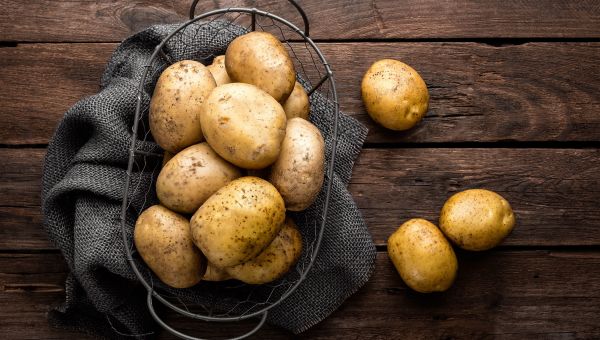
Veggie: Potatoes
Spuds might contain more carbs and calories than they’re worth. One medium potato contains 160 calories, which isn’t exorbitant, but it's nearly 100 more than baked or mashed butternut squash. Mashed cauliflower is another lower calorie and carbohydrate option. Boil one cup of cauliflower florets and give them a mash for a side dish with just 30 calories and 5.5 grams of carbs. Even sweet potatoes aren’t as healthy as you might think, and swapping this orange veggie for butternut squash can reduce your sugar intake by a whopping 66 percent.
Potatoes, like other starches, are notorious for causing blood sugar spikes, which can be a concern for those with diabetes.
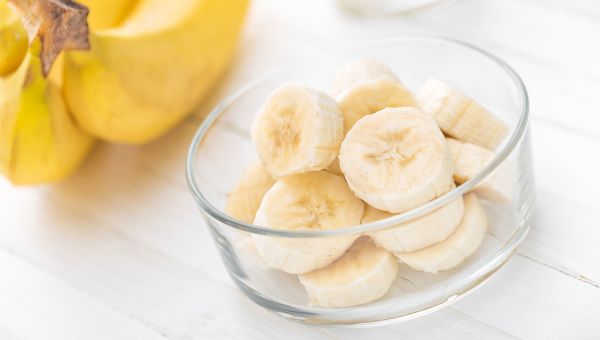
Fruit: Bananas
Bananas are jam-packed with natural sugars, which is preferable to added sugars found in processed foods, but they can still spike blood sugar levels. And bananas may contain more calories than you think, depending on the size. A 6-inch banana contains about 70 calories, but one that clocks in at 9 inches is nearly double that.
Bananas have a higher glycemic load, which determines how much a food will affect blood sugar levels. Foods with a lower glycemic load tend to be better for weight loss. Sate your fruity craving instead with a cup of berries, like raspberries, with just five grams of sugar per cup.
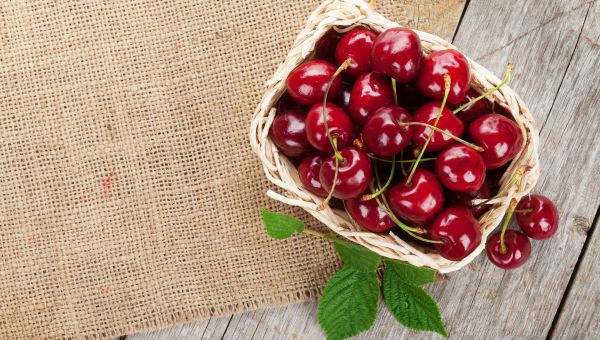
Fruit: Cherries
Sweet cherries are high in vitamin C, but they're also loaded with glucose-spiking natural sugars. The small red fruits are easy to overeat, and a single cup of cherries contains 18 grams of sugar. You don’t have to ditch the stemmed goodies for good, but be mindful of how many pieces you’re popping into your mouth.
It may also be a good idea to buy organic. Cherries were listed by the EWG among the dirtiest fruits for 2018, due to pesticide residue on the fruit. Picking organic cherries and giving them a thorough wash can help eliminate pesticide consumption.
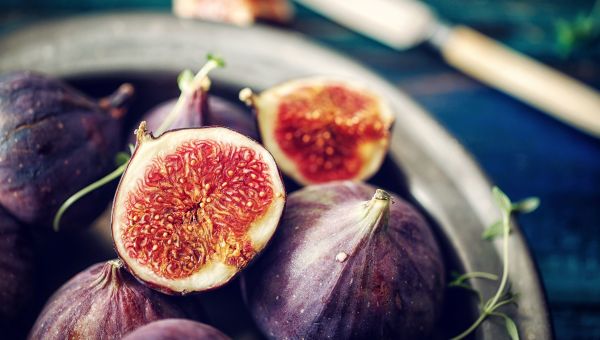
Fruit: Figs
They may taste sweet, but figs may leave something to be desired. A single piece of fruit can contain up to 10 grams of sugar, so if you're looking to reduce your intake, it may be wise to nosh in moderation, or select a low-sugar option.
Figs are also missing some of the vital nutrients—like vitamins A and C—that other fruits have. A single large fig contains almost 50 calories. Half of a plump, pink grapefruit contains that same amount of energy, plus, good-for-you nutrients. Take a spoon to that fruit for breakfast or swap the figs on your lunchtime salad for grapefruit segments.

Fruit: Grapes
Although healthy in moderation, one cup of grapes contains the same amount of sugar as some candy bars—about 23 grams. A small bunch of bitter green grapes won’t spike your sugar levels, but it can be easy to pop more than you realize. Per cup-sized serving, grapes have an estimated glycemic load of nine, so they quickly deliver a lot of sugar to your blood stream.
Mindlessly snacking on a large bag of grapes sure beats a bag of chips, but pay attention to your portion sizes. And since grapes are another Dirty Dozen nominee, wash thoroughly or spring for the organic variety.
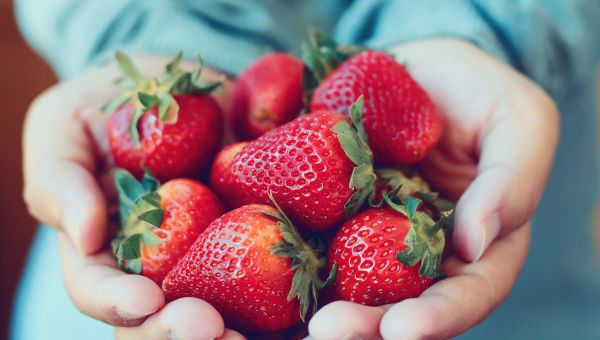
Fruit: Strawberries
The rich red color and sweet taste of strawberries might entice you, but what’s lurking on their surface could send you running from the produce aisle. For the second year in a row, the fruit has topped the definitive list of pesticide-ridden produce, earning first place on EWG's Dirty Dozen.
The best way to have your bowl of berries and cream sans chemicals? Go organic! To be considered organic, fruits and veggies must be grown without synthetic pesticides, fertilizers and GMOs.
If you're worried about the price of organic fruits and veggies, choose an item on the organization's Clean Fifteen list, like papaya. This fleshy fruit is low in sugar and calories, and rich in immune-boosting vitamin C.
More On


video

article
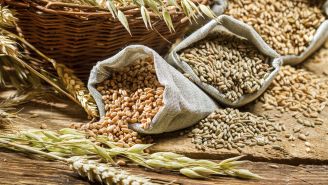
slideshow


video


video
